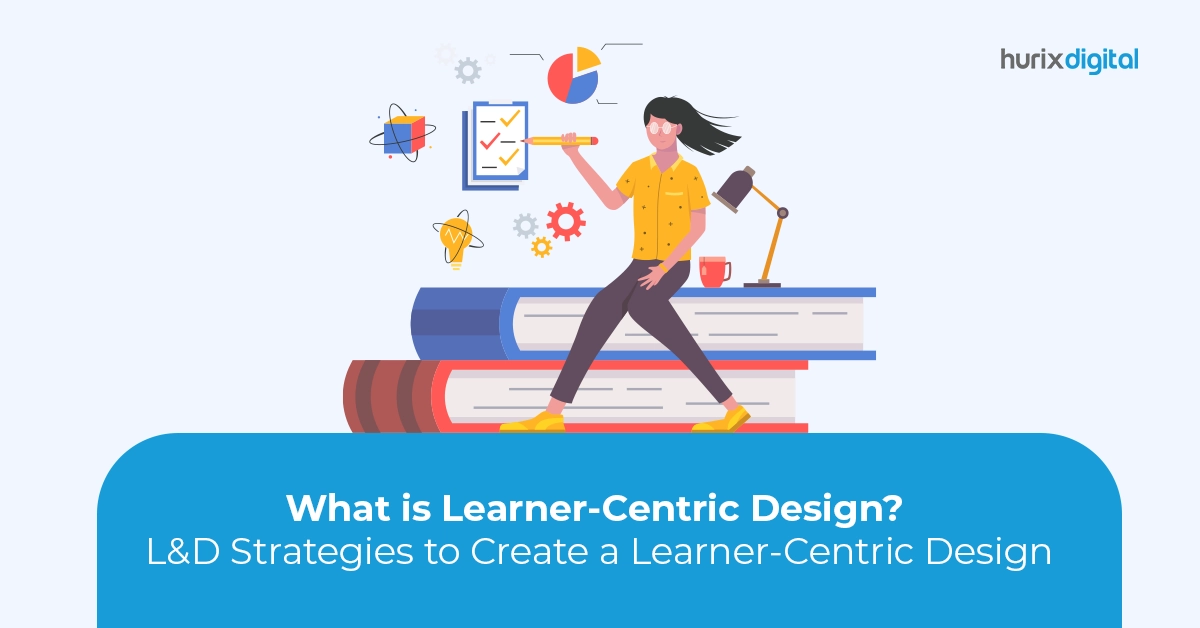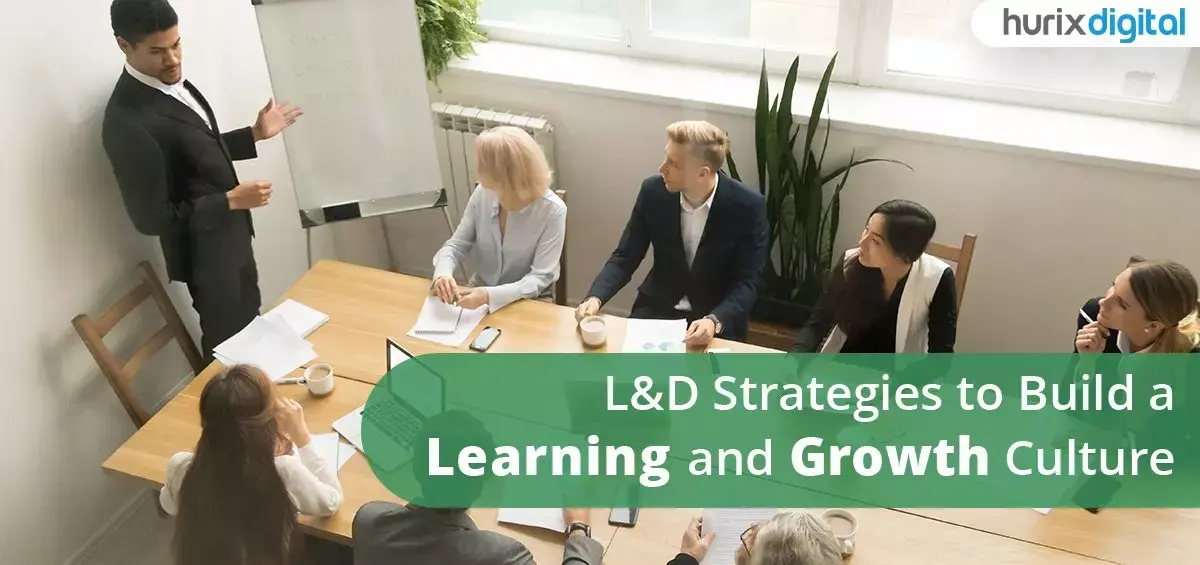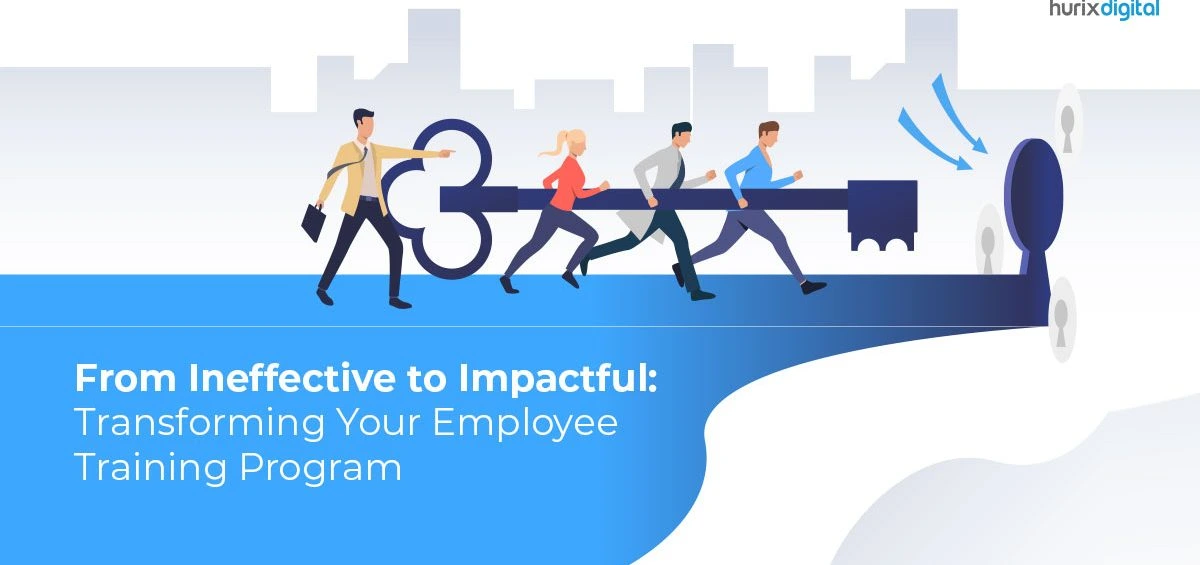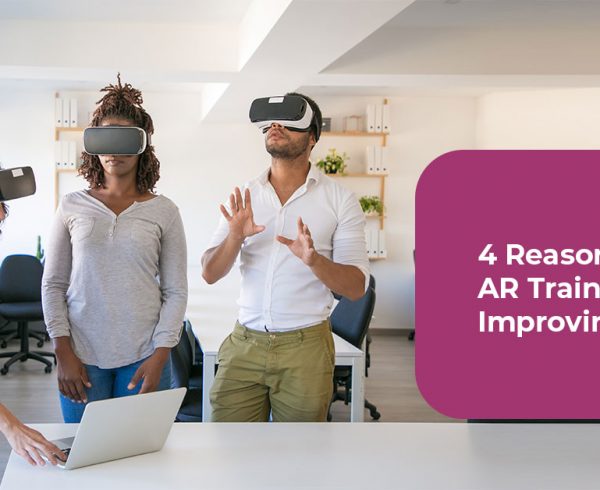Summary
This blog explores how learning experience design is replacing traditional instructional design, with a learner-centric approach that personalizes and adapts learning to create engaging experiences. It outlines strategies like assessments, leveraging technology, fostering a culture of learning, and measuring outcomes, to implement an effective learner-centered curriculum.
In the past, instructional design was employed for creating learning materials when learning was often considered dull and challenging. However, the landscape has evolved, and we now embrace learning experience design, a transformative approach that immerses learners, making the process genuinely intriguing. Learning experience design offers boundless possibilities. The main objective is to create learning experiences that engage the learner’s focus and instill a feeling of joy, empowering them to reach their maximum potential.
A report by MarketsandMarkets predicts that the adaptive learning market will reach $5.3 billion by 2025, expanding at a CAGR of 22.7%. This demonstrates the growing recognition of the effectiveness of personalized learning experiences to enhance learner engagement and retention.
When individuals actively participate, stay motivated, and experience reduced stress levels, their cognitive abilities flourish, leading to greater understanding, better retention, and a heightened capacity for critical thinking. In contrast, stress, boredom, and anxiety act as hindrances to cognitive processes. This leads us to explore the question: What is learner-centered curriculum design?
Table of Contents:
- What is Learner-Centric Design?
- Types of Learner-Centered Design
- Key L&D Strategies to Implement a Learner-Centric Design
- Wrapping Up
What is Learner-Centric Design?
Learner-centric design is an educational approach that places the learner at the forefront of the learning process. Unlike traditional methods, which often follow a rigid, one-size-fits-all structure, learner-centric design tailors learning experiences to individual needs, preferences, and learning styles.
- A key element of a learner-centered curriculum is personalization. Personalized learning paths can improve student and employee performance by as much as 93%, thereby leading to better engagement.
- Adaptive learning technologies, which adjust the difficulty and content of lessons based on individual performance, are one of the best learner-centered design examples. Such technologies leverage AI to adjust content and difficulty based on the learner’s real-time performance, offering a highly customized and efficient learning experience.
- Gamification, an element of learner-centric design, has shown impressive results in terms of engagement. Gamified courses have an 11% higher retention rate compared to traditional instruction. Gamification elements such as badges, leaderboards, and rewards motivate learners and make the learning experience enjoyable.
Also Read: Tech-Forward Training: Integrating Digital Tools in Workforce Learning
Types of Learner-Centered Design
Learner-centric design isn’t a one-size-fits-all strategy. It encompasses various approaches to accommodate different learning environments and goals. Some common types include:
- Problem-Based Learning: Learners are presented with real-world problems or scenarios and must apply their knowledge to solve them. Problem-based learning fosters critical thinking and problem-solving skills.
- Project-Based Learning: This approach involves learners working on extended, hands-on projects that reflect the challenges they’ll face in their roles. This method encourages the practical application of knowledge.
- Flipped Classroom: In a flipped classroom, learners engage with course content independently before coming together for collaborative activities and discussions during class. These types of classrooms provide flexibility and promote active engagement.
Each of these approaches has its merits. By incorporating these methods into your learner-centered courses, you can cater to diverse learning styles and preferences.
Key L&D Strategies to Implement a Learner-Centric Design
Creating a learner-centric design in learning and development (L&D) is essential for nurturing an effective, motivated, and constantly evolving workforce. Below are the key strategies and steps to implement a learner-centered design.
1. Conduct Thorough Assessments
Understanding the specific learning needs and goals of the workforce is the cornerstone of a learner-centric approach.
- This process involves conducting comprehensive assessments through surveys, interviews, and performance data analysis.
- By consistently reassessing goals and outcomes, instructors can identify any knowledge gaps and tailor future learning experiences to better cater to the individual needs of each learner.
Overall, the strategic use of assessments in learner-centric design encourages continuous growth, promotes personal agency, and cultivates a deep and enduring passion for learning.
2. Leverage Technology
In today’s digital era, leveraging technology is crucial for personalizing learning experiences. Adaptive learning platforms and data analytics play a significant role in creating a learner-centric design. These technologies allow us to design courses that adapt in real-time to the learner’s progress, ensuring that the pace and complexity of the content are just right.
- We can use AI-driven analytics to track learner engagement and performance, enabling us to provide personalized feedback and support.
- AI-based tools have the potential to significantly enhance assessments by providing adaptive and personalized feedback, automating the grading process, and generating insights into learning patterns that can inform instructional design.
- Incorporating technologies like virtual and augmented reality (VR/AR) can create immersive and interactive learning experiences.
By embracing these technologies, we can create dynamic and responsive learning environments that cater to various learning styles and preferences.
3. Foster a Culture of Continuous Learning
A learner-centric approach is not just about the content; it’s about cultivating an environment that values and encourages continuous learning and development. This involves creating a supportive culture where employees are motivated to grow and learn.
- Providing opportunities for upskilling, reskilling, and cross-skilling, and recognizing and rewarding learning achievements are key.
- Encouraging knowledge sharing through mentorship programs and learning communities can also foster a culture of learning.
LinkedIn’s Workplace Learning Report highlights that 94% of employees would stay at a company longer if there was an investment in learning and development. By nurturing a learning culture, we ensure that our employees feel valued and invested, leading to increased job satisfaction and retention.
4. Measure and Adapt
The final and most crucial strategy is to regularly assess the effectiveness of learning programs and be willing to make adjustments based on feedback and outcomes. This involves not only measuring the completion rates and test scores but also looking at how effectively the training translates into improved job performance.
Tools like employee feedback surveys, performance metrics, and business results provide valuable insights into the impact of L&D efforts. For instance, measuring the increase in productivity or the improvement in quality post-training can demonstrate the tangible benefits of our learner-centric approach.
Moreover, being responsive to feedback and adapting strategies accordingly ensures that L&D initiatives remain relevant, effective, and aligned with both individual and organizational goals.
Check Out EXCLUSIVE: Hurix Mini-Book: Effective Training Techniques For Enterprises With Distributed Workforce
Wrapping Up
In large organizations, enterprise learning can be complex. However, a learner-centric approach simplifies the process by allowing employees to access the information and resources they need when they need them.
Learner-centric design is not just a buzzword; it’s a transformative strategy for workforce learning and development. It fosters a culture of continuous learning, where employees are encouraged to explore new skills and knowledge relevant to their roles.
To further enhance and streamline this process, partnering with a company like Hurix Digital can be instrumental. We specialize in creating personalized learning experiences that align with the unique needs of each organization and its employees. Contact us now and take the first step towards a brighter, more empowered future!









